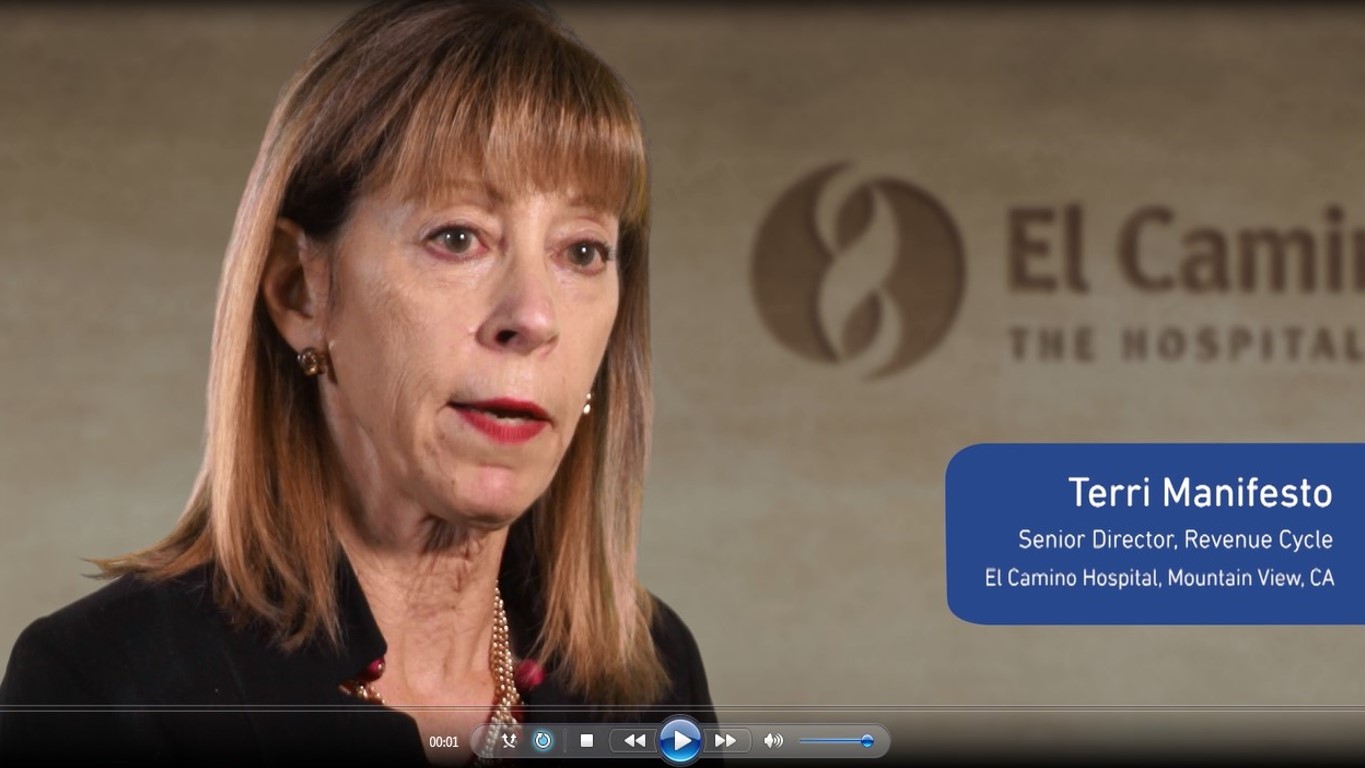
When was the last time you tried a new restaurant without reading at least one Yelp review beforehand? If you’re anything like the majority of American consumers, the answer is just about never. We live in an experience-driven world, after all, and whether you’re grabbing a bite to eat or trying out a new coffee shop, reviews are a great way to set expectations.
But do patient reviews operate in the same way when it comes to hospitals?
The answer is a resounding yes. Research shows that higher online ratings correlate with previously established metrics for evaluating hospitals, such as lower potentially preventable readmission rates. When it comes to overall satisfaction, patients are extremely perceptive, and they’re unafraid to share their opinions — good and bad.
Yet Vanguard Communications found that about two-thirds of Yelp reviewers gave the top 20 hospitals rated by the U.S. News and World Report either a mediocre or poor rating. So where is the disconnect? One explanation might be that the areas assessed by U.S. News are too narrow. For instance, a hospital might rank highly for a certain specialty, bumping up its overall rating, but at the same time, its bill-pay system could be severely lacking, souring patients’ perception of the organization.
Individual hospitals have the ability to assess all aspects of patient care — way beyond the scope of a top-20 list. The onus is on you to identify areas of improvement, and the best way to uncover hidden patient pain points is feedback. And those pain points are more than just the bedside care received, but are often related on the financial experience.
Creating a better experience
At Experian Health, we don’t focus on tackling every issue in healthcare; one of our specialties is helping healthcare organizations process and collect payment. However, that specific aspect of healthcare has a significant impact on overall patient satisfaction. In a recent study, Experian Health found the highest amount of opportunity for improvement is around the patient financial experience, which includes things like price transparency, understanding one’s ability for health payments, as well as options to pay for care.
When it’s easier for patients to pay their bills, they rate hospitals higher. Unfortunately, the first big obstacle in bill-pay is that patients often don’t understand what they’re paying for. Even if the quality of care was excellent, when a patient is unsure how much he or she owes, it’s all too easy to get frustrated and give a poor review.
El Camino Hospital, a nonprofit hospital located in Mountain View, California, saw this problem play out with its own patients and, in response, made price transparency a major priority. Experian Health teamed up with El Camino to address this pain point. We debuted a self-service portal, allowing patients to access and manage a greater amount of data while still making account management, e-payment, eligibility, estimates, and billing information available.
The most exciting element of the portal for patients and administrators alike was the addition of the patient price estimator, which gives instant estimates on a wide variety of procedures. The response to this tool was so positive that patients immediately began using it, even before El Camino promoted it. There was still room for improvement, though, so we worked to gather more patient feedback by incorporating a feedback survey into the portal. As surveys and comments rolled in, we discovered that patients were looking for a wider variety of services in the price estimator, so we’re now expanding the options.
This consistent, patient-centered approach has shown tremendous benefits already. For instance, because availability to the portal is on demand, patients no longer need to directly contact the hospital for estimates, which typically results in a 24-hour waiting period. Because the call volume has greatly reduced, El Camino is now able to provide far more estimates in far less time.
While El Camino Hospital’s portal implementation is still in its early phases, other hospitals have seen impressive results with similar systems over a longer period of time. At Cincinnati Children’s Hospital Medical Center, for example, they worked with Experian Health to revamp their online patient portal to make it more attractive and easier for patients to use. After the launch of their revised portal, online payments increased from $200,000 to $800,000, and patient billing satisfaction dramatically increased, as enrollment in their billing portal jumped from 900 to more than 45,000 families in a single year. The medical center’s patients now use the portal to ask questions of their healthcare providers, change on-file insurance information, and schedule or revise appointments. These features also reduce customer service phone calls and other related costs.
The 3 steps of the patient feedback process
When hospitals empower patients with access to their individual data and listen to their feedback, everyone wins. Patient feedback is essential at every level of implementing a new service to guarantee maximum efficiency.
A successful patient feedback process includes these three steps:
1. Identify where feedback is needed.
You don’t need to harass patients for feedback on every single aspect of their hospital experience. Instead, look at which services would most benefit from patient insight; then, deploy surveys in those areas. Gathering feedback on high-volume services should be a priority simply because they affect the highest number of patients. Similarly, services that routinely trip patients up can only be clarified by directly asking patients what’s causing problems.
At El Camino Hospital, creating the charge description master (CDM) was the first step in identifying where feedback was necessary. The list provided a convenient overview, so hospital administrators could easily pick out which services were high-volume or problematic and address them immediately.
Whatever the method, pinpointing the services that are particularly troublesome for patients proves much more effective than trying to elevate the entire experience with no direction.
2. Make it multichannel.
Feedback is often subject to selection bias, meaning a customer is more likely to write a Yelp review when he or she is either extremely pleased or extremely angry. Offering people several options for providing feedback increases the chances that you’ll get a good sample size.
You can gather patient feedback via polls using various methods, including text message, email, phone, and paper mail. El Camino Hospital chose to add an SMS feature, building a feedback function on its desktop interface while continuing to field phone calls regarding more complex issues. Its choice proved rewarding, and patient feedback rolled in.
Limiting your feedback channels limits the amount and type of feedback you receive, so the more options that are available to patients, the more likely they will be to share their opinions and suggestions.
3. Identify patients who need help and offer it.
Patient feedback is only valuable if you act on it. Once you’ve identified specific problems, reach out and offer a solution to patients who expressed concerns.
In conjunction with increasing transparency, El Camino Hospital set a goal to identify and assist at-risk patient accounts. After gathering feedback and information on these accounts, El Camino integrated a medical billing fundraiser to lend a helping hand. From there, it created alerts for other at-risk accounts to spread the impact of the fundraiser.
By responding to feedback, hospitals can respond to concerns before they become more serious problems, as well as anticipate patients’. If one patient encounters a problem, it’s likely that several more will encounter the same issue — if they haven’t already. If hospitals aren’t listening to their patients, they’re missing valuable insight into their problems and limiting their scope of improvement.


